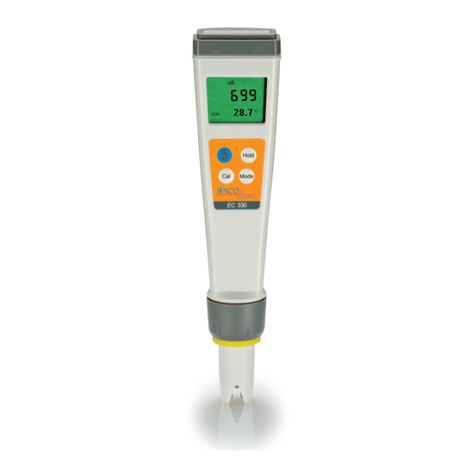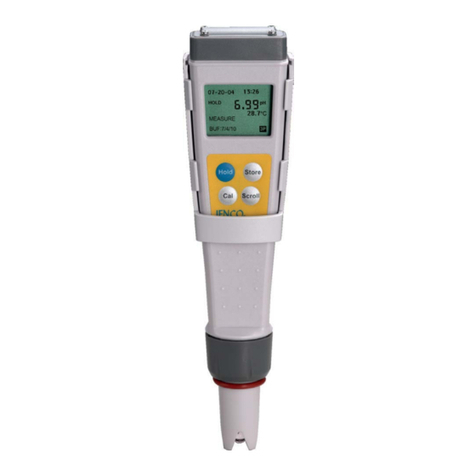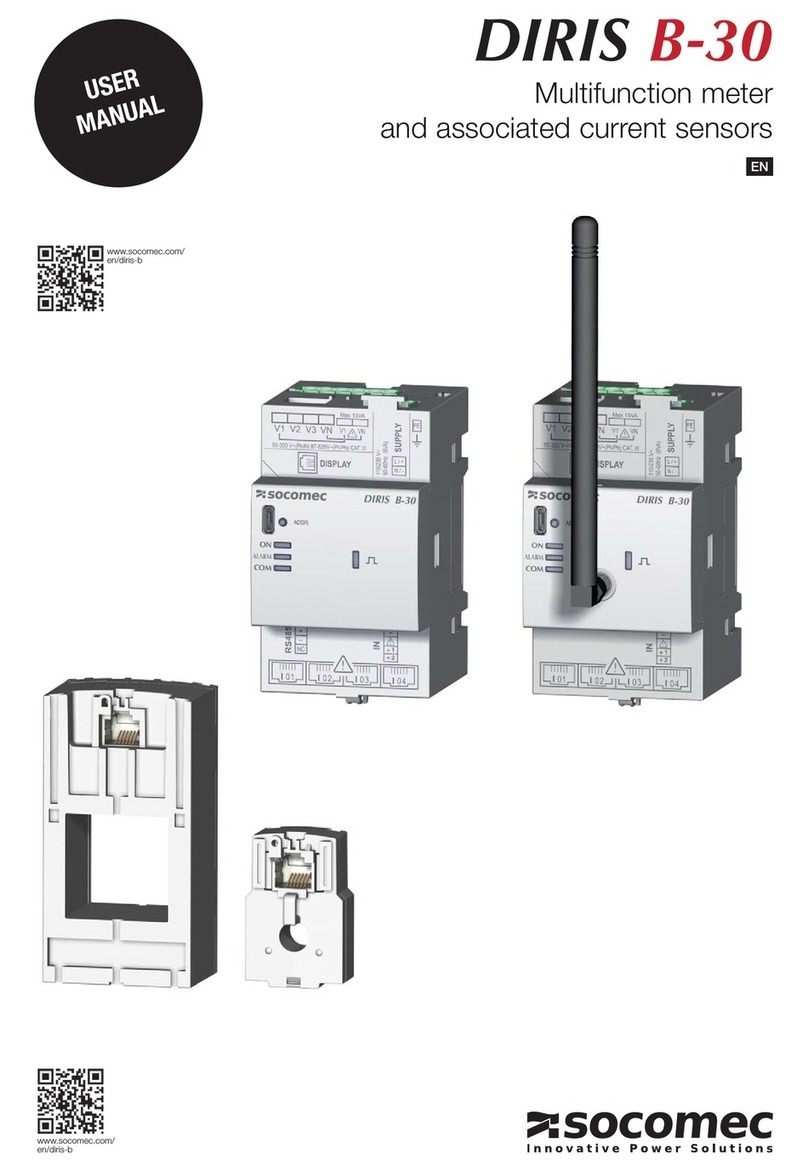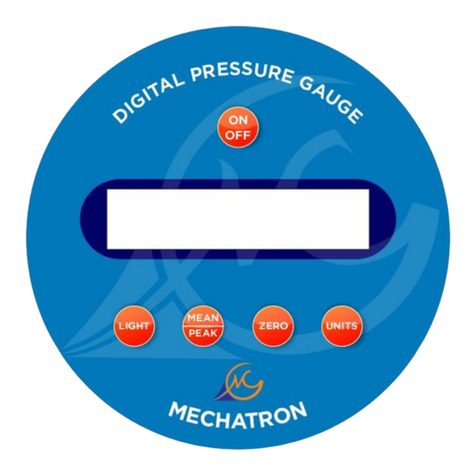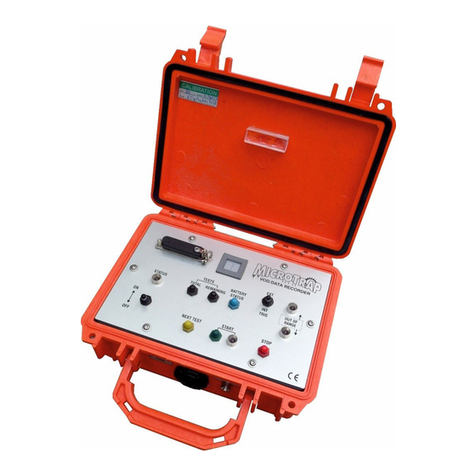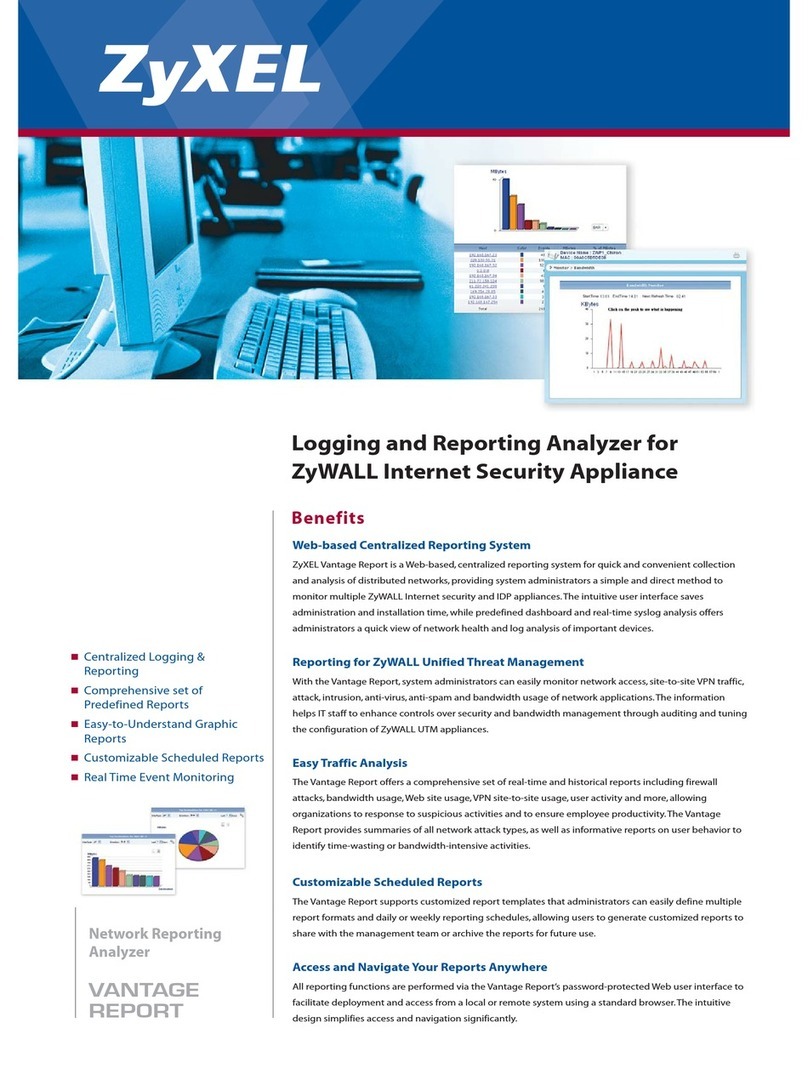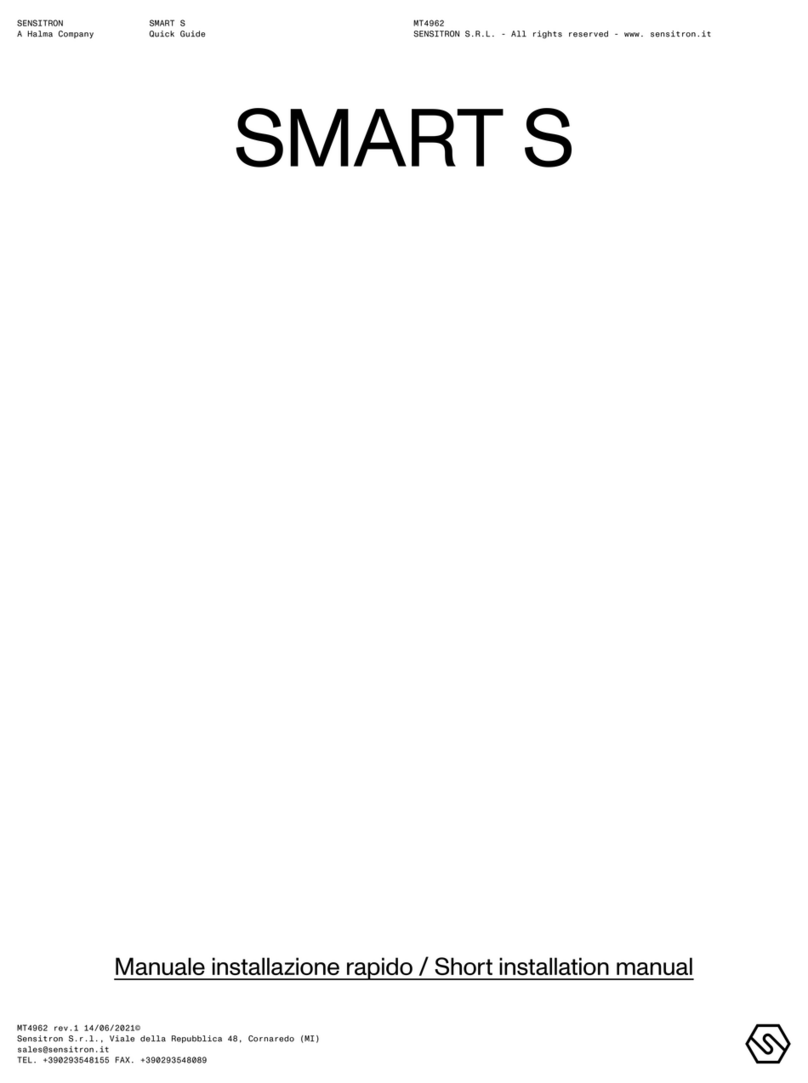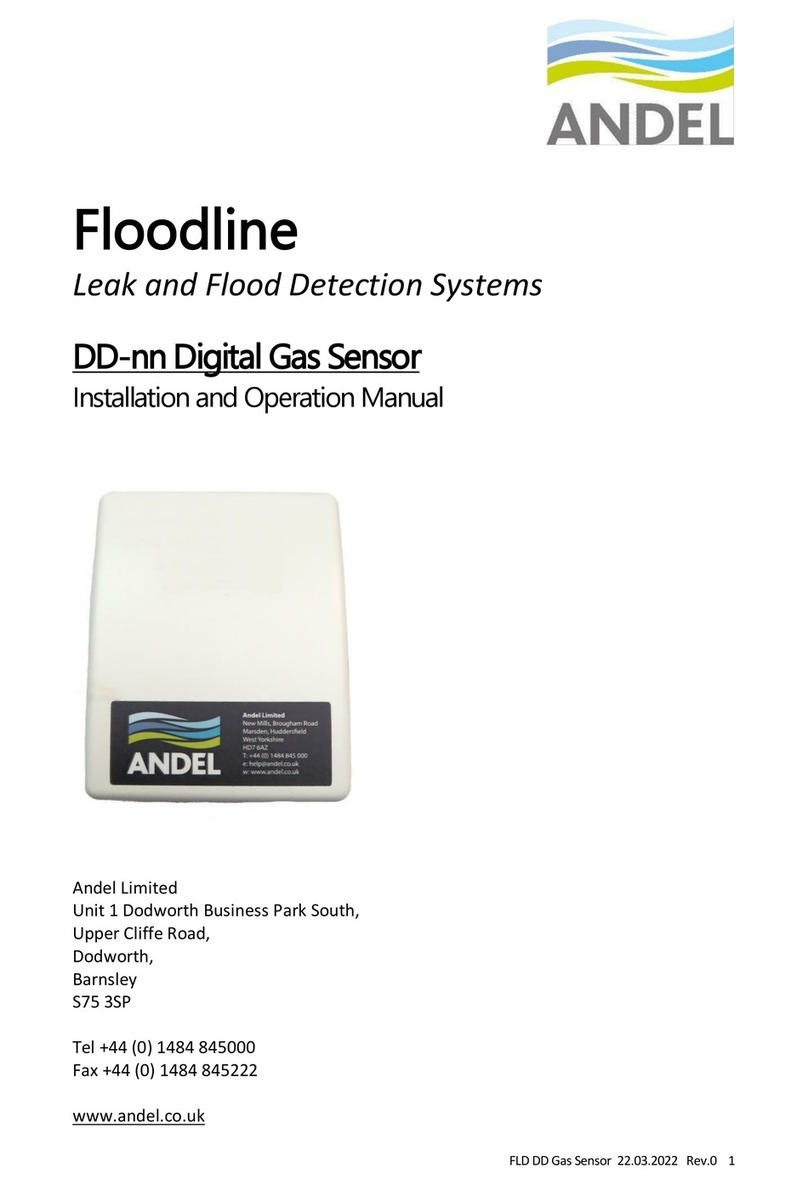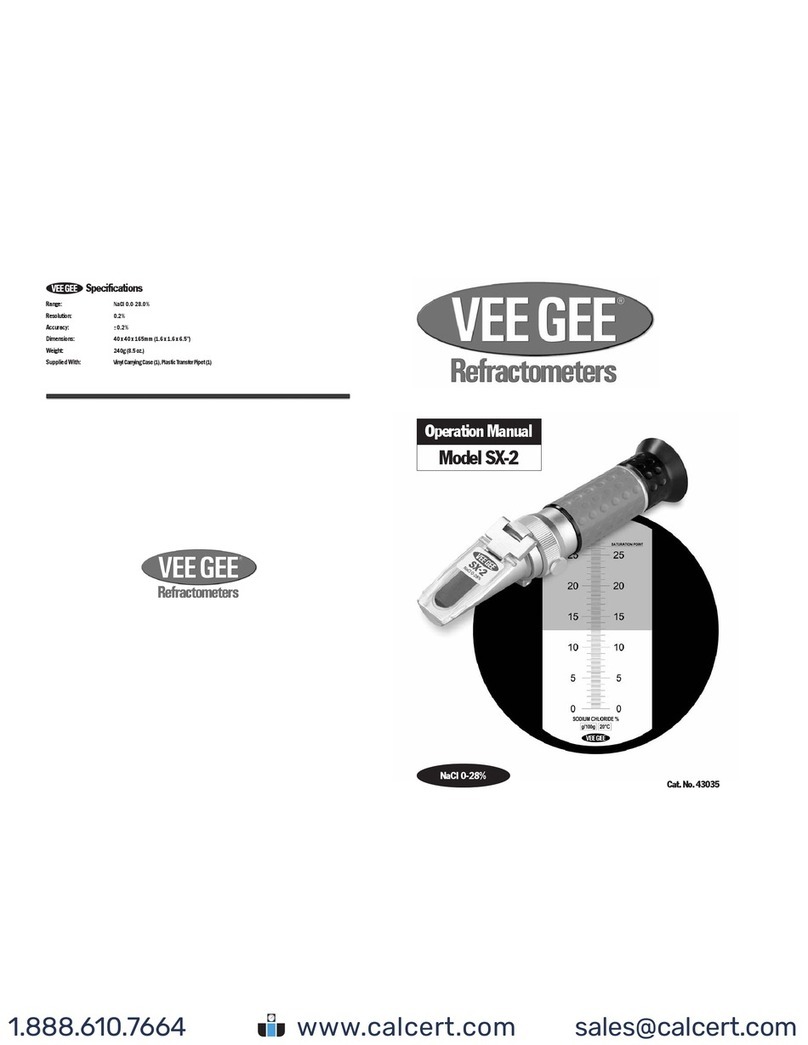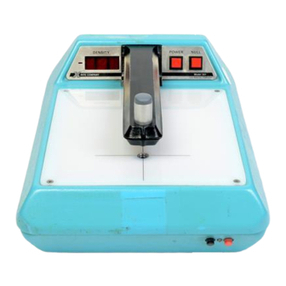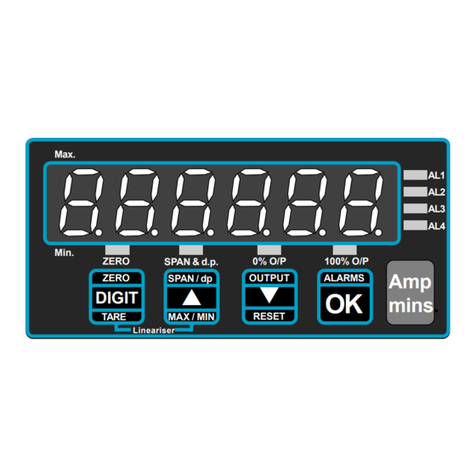JENCO 3173 User manual


















This manual suits for next models
1
Table of contents
Other JENCO Measuring Instrument manuals
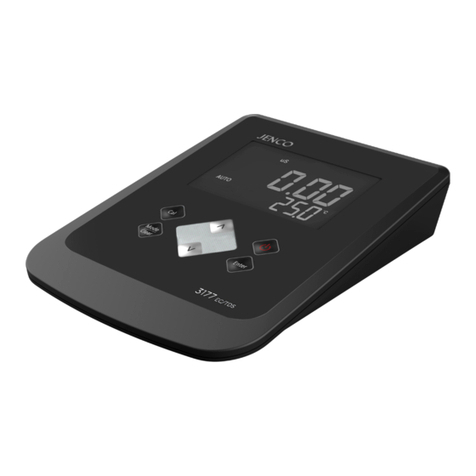
JENCO
JENCO 3177M User manual
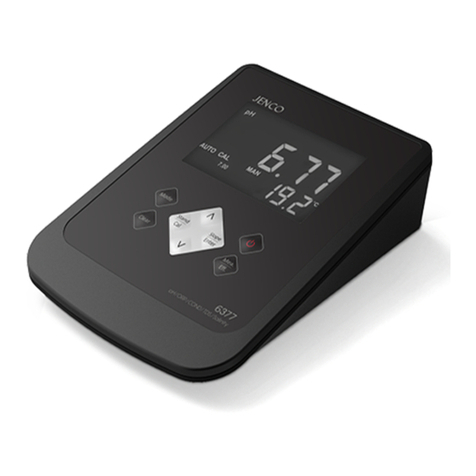
JENCO
JENCO VisionPlus 6377 User manual
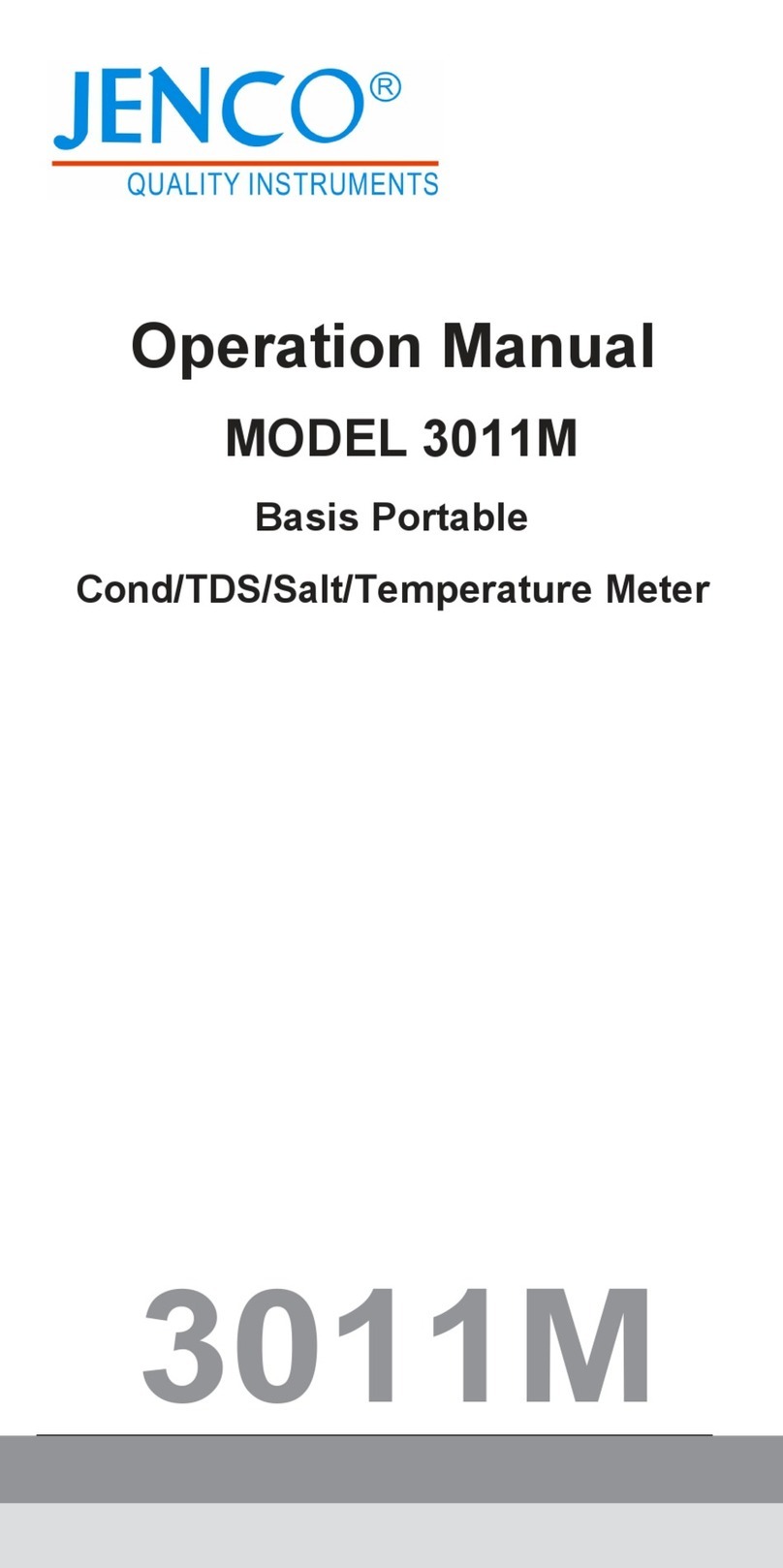
JENCO
JENCO 3011M User manual
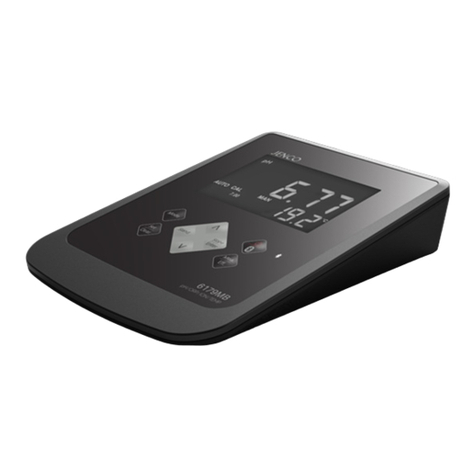
JENCO
JENCO 6179MB User manual

JENCO
JENCO 6250 User manual
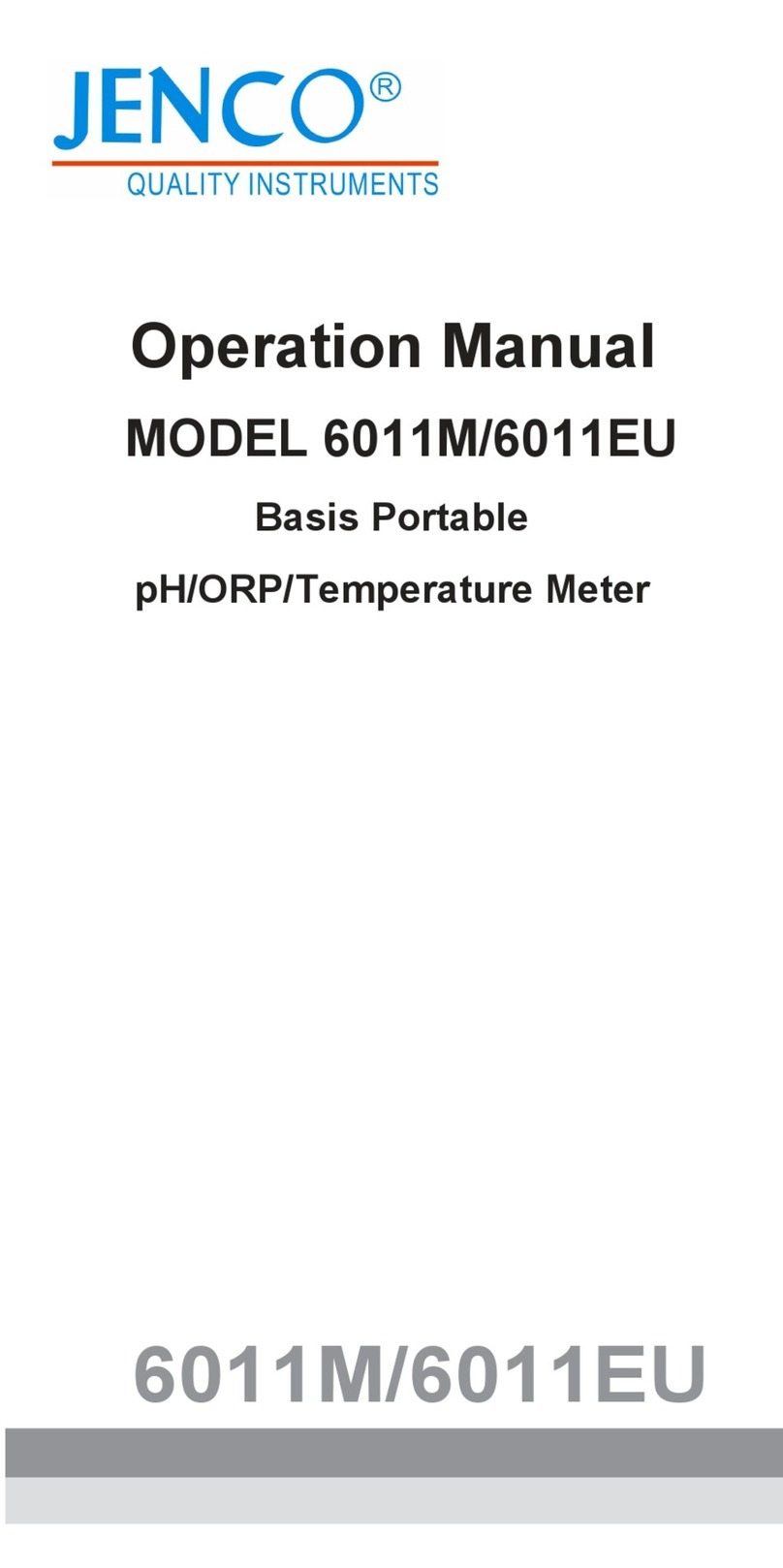
JENCO
JENCO 6011M User manual
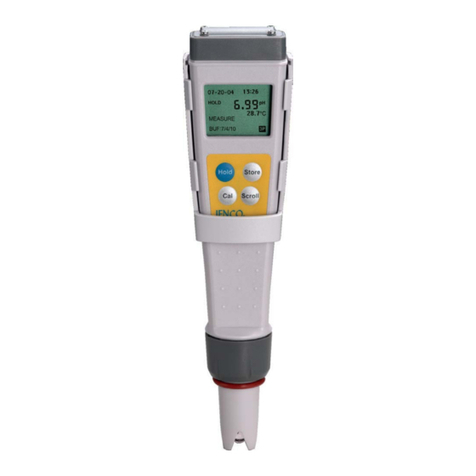
JENCO
JENCO VisionPlus pH618N User manual
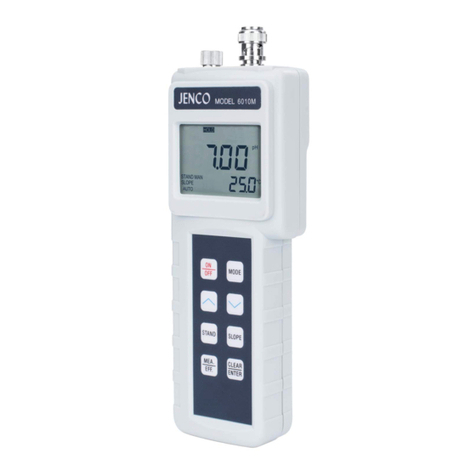
JENCO
JENCO 6010M User manual

JENCO
JENCO pH610N User manual

JENCO
JENCO EC3840 User manual
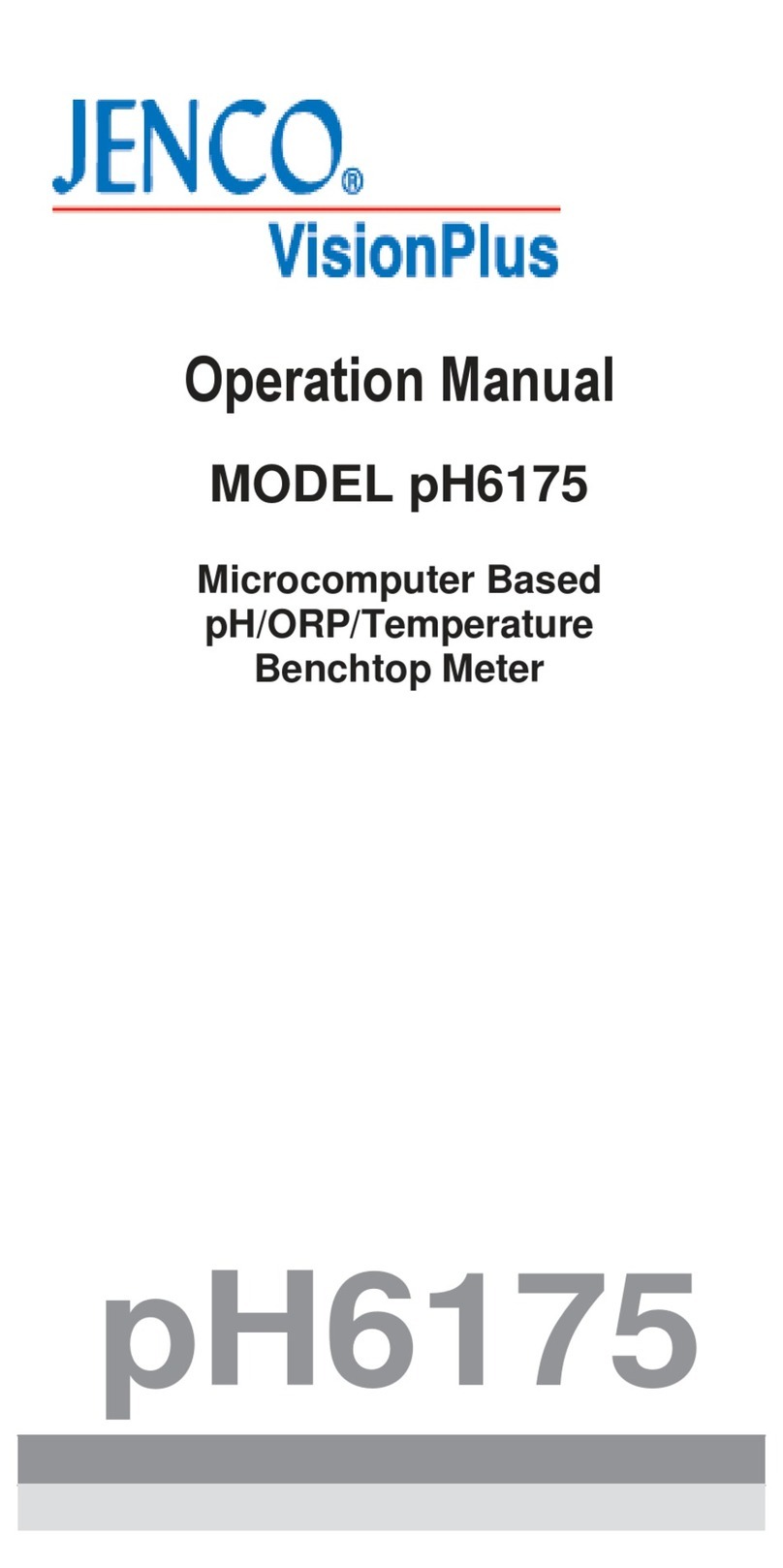
JENCO
JENCO VisionPlus pH6175 User manual

JENCO
JENCO VisionPlus 9020M User manual
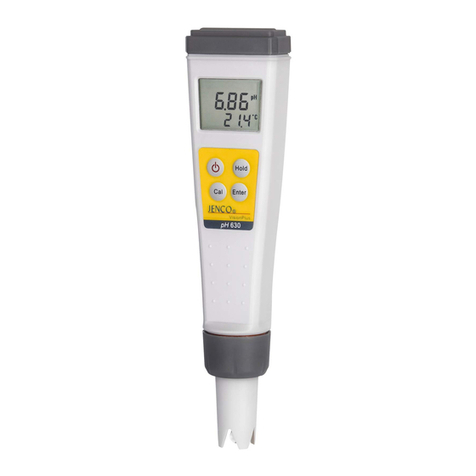
JENCO
JENCO VisionPlus pH630FA User manual

JENCO
JENCO VisionPlus pH630 User manual
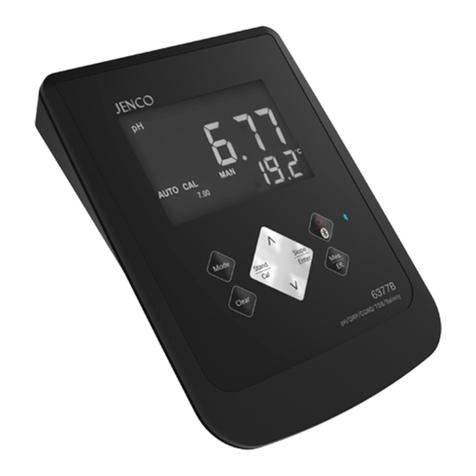
JENCO
JENCO VisionPlus 6377B User manual

JENCO
JENCO 6173 User manual
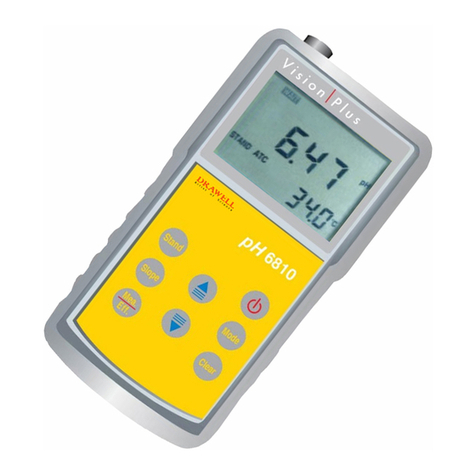
JENCO
JENCO VisionPlus pH6810 User manual
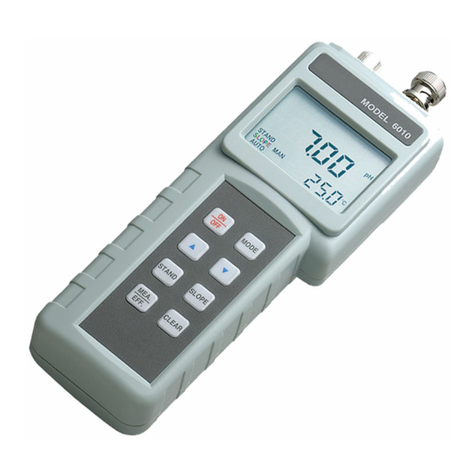
JENCO
JENCO 6010 User manual
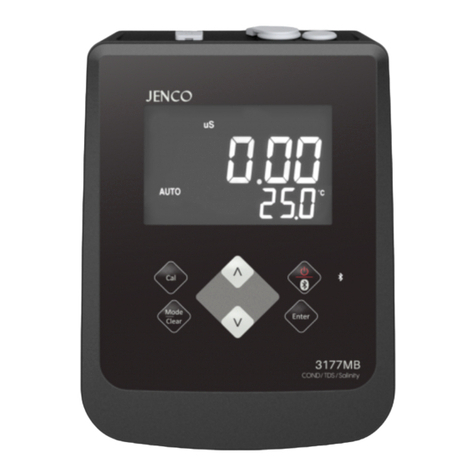
JENCO
JENCO 3177MB User manual

JENCO
JENCO 6179M User manual
Popular Measuring Instrument manuals by other brands
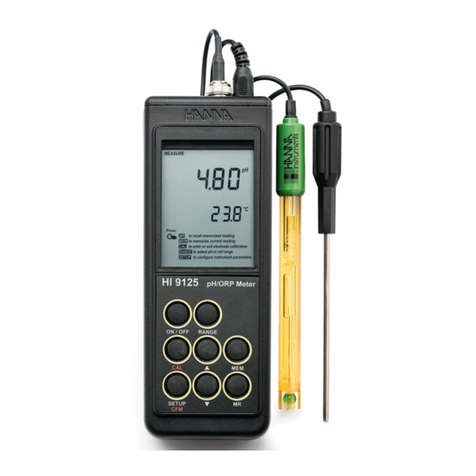
Hanna Instruments
Hanna Instruments HI 9125 instruction manual
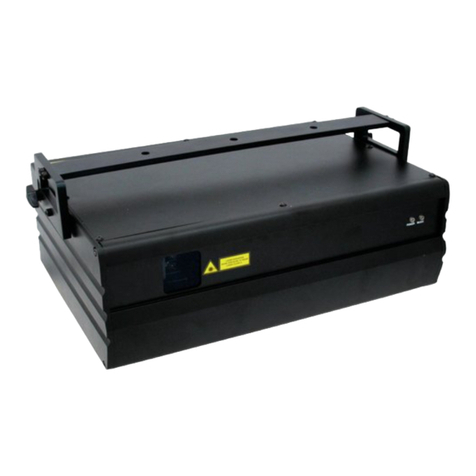
EuroLite
EuroLite VLS-1600RGB 40K user manual
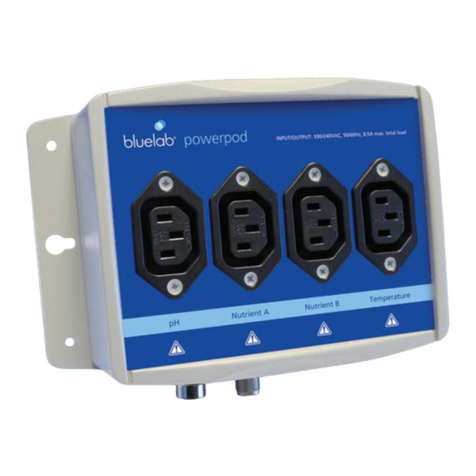
bluelab
bluelab CTRL50110 Care and use guide
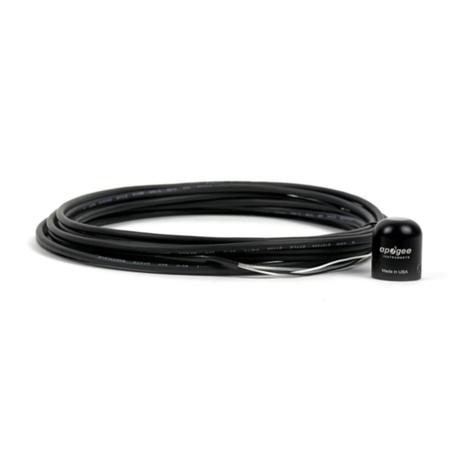
Apogee Instruments
Apogee Instruments SP-110-SS owner's manual
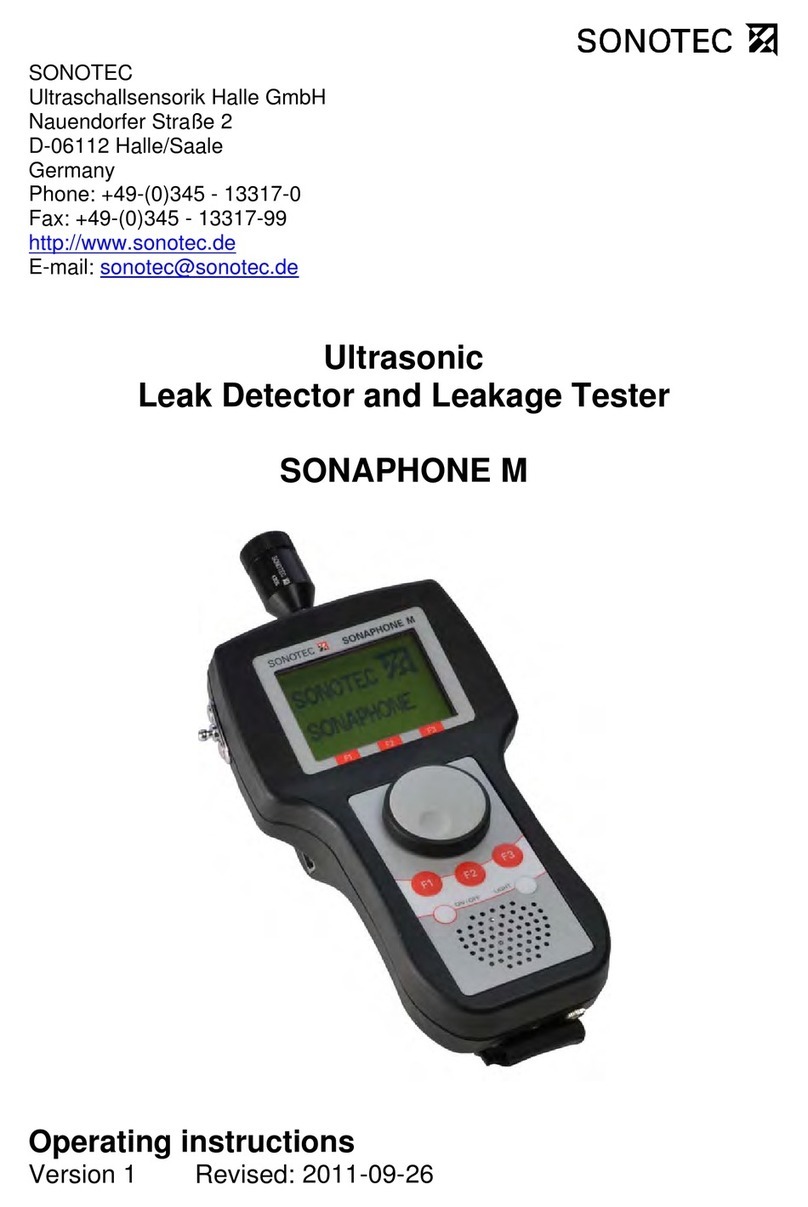
Sonotec
Sonotec SONAPHONE M operating instructions

Endress+Hauser
Endress+Hauser StamoLys CA 71 CR operating instructions
